For time immemorial, Indigenous Peoples have stewarded what’s now called “Canada,” living off of and caring for its lands and waters. When settlers arrived, they introduced commercial fishing, shipping and industrialization, which have come to endanger the aquatic ecosystems critical to our survival.
Now, Indigenous-led conservation areas are being established across the country to combat the impact colonization has had on oceans, lakes and rivers, and return these critical habitats to their original caretakers. While some First Nations are declaring these marine conservation areas in partnership with the federal government — there are five such Marine Conservation Areas so far — other First Nations are forging ahead on their own while they await settlers’ bureaucratic processes to catch up.
These efforts can support jobs, conserve and restore aquatic habitats, and increase food security, as the reporting gathered here documents.
This collection of stories produced by 10 news outlets, which can be used as an educational tool, is organized by water bodies. By clicking on the area you’d like to explore, you’ll be taken to the stories that detail the Indigenous-led conservation work being done to protect waters in that region. Clicking on a story headline will take you to the site of its original publication.
Dixon Entrance Haida Gwaii
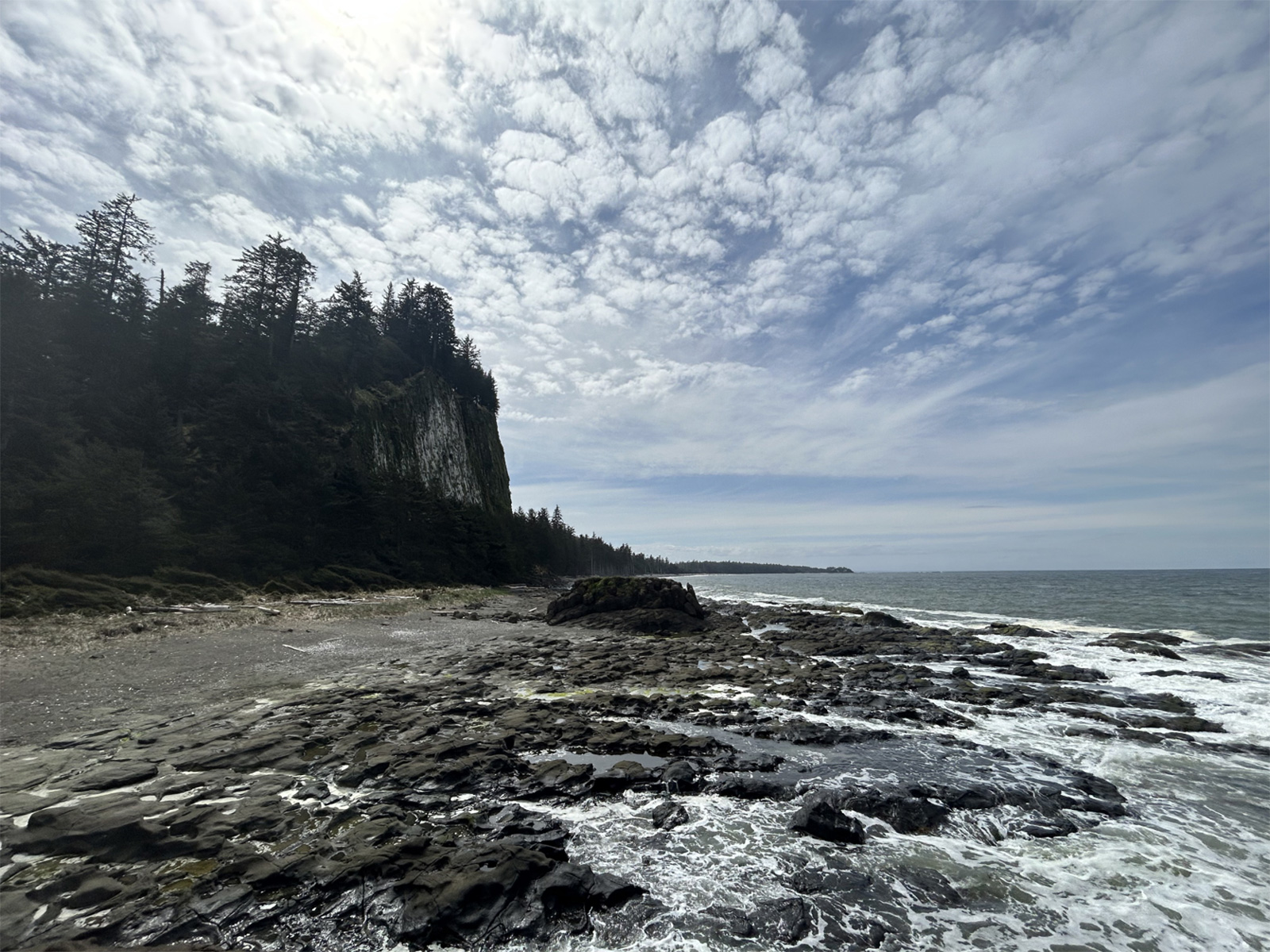
Saving Haida Gwaii
Colonization nearly annihilated the once thriving Haida Nation from their traditional territory on the archipelago of Haida Gwaii. Now, the resurgent Haida once again steward their land and waters as before pre-European contact. In the first of a three part series, reporter John Woodside travels to Haida Gwaii to learn how the nation’s relationship with the ocean plays a central role in its Indigenous guardian program.
Pacific Ocean Haida Gwaii
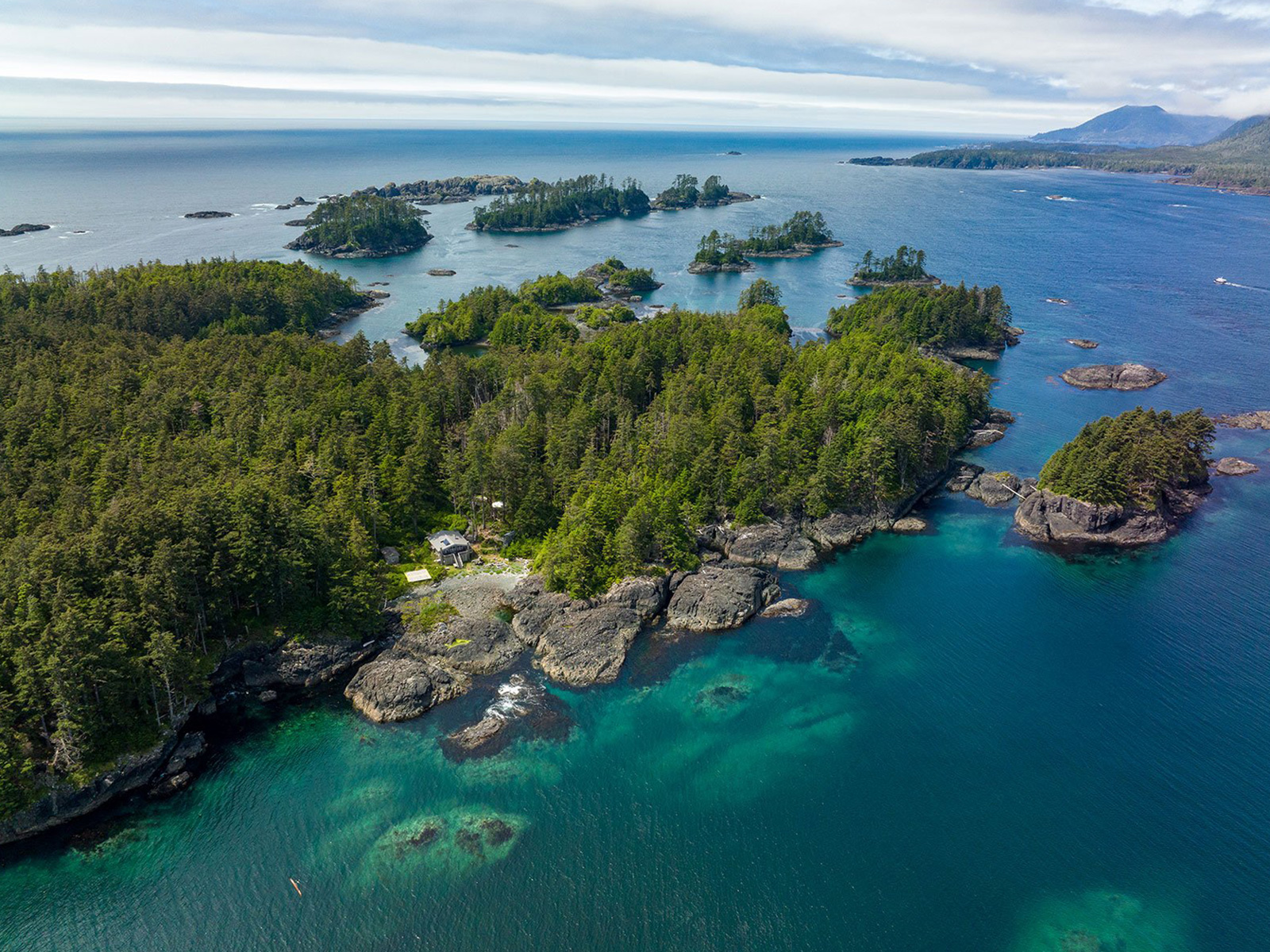
Death by a Thousand Ships
Ships docking on the shores of Haida Gwaii since colonization have brought disease, death and pollution to the Haida Nation. In the second of his three part series, John Woodside reports on how the nation is asserting sovereignty over the ocean to lessen the risk of potentially catastrophic vessel traffic.
The Fight for Haida Gwaii
The Haida Nation is trying to restore the ecosystems of its land and waters that colonialism has disrupted. In the third of his three part series, John Woodside reports on the complex negotiations behind the nation’s efforts to have Crown governments recognize its sovereignty over its homelands and waters.
Special Episode: Protecting Haida Gwaii
The biodiversity of Haida Gwaii is lush and irreplaceable. As stewards of the land and ocean that make up the archipelago, the Haida Nation has learned to never let its guard down. In this special podcast episode, reporter Brandi Morin takes her audience on an audial journey to meet the nation’s guardians working to protect their home from threats on land and at sea.
Hecate Strait Haida Gwaii
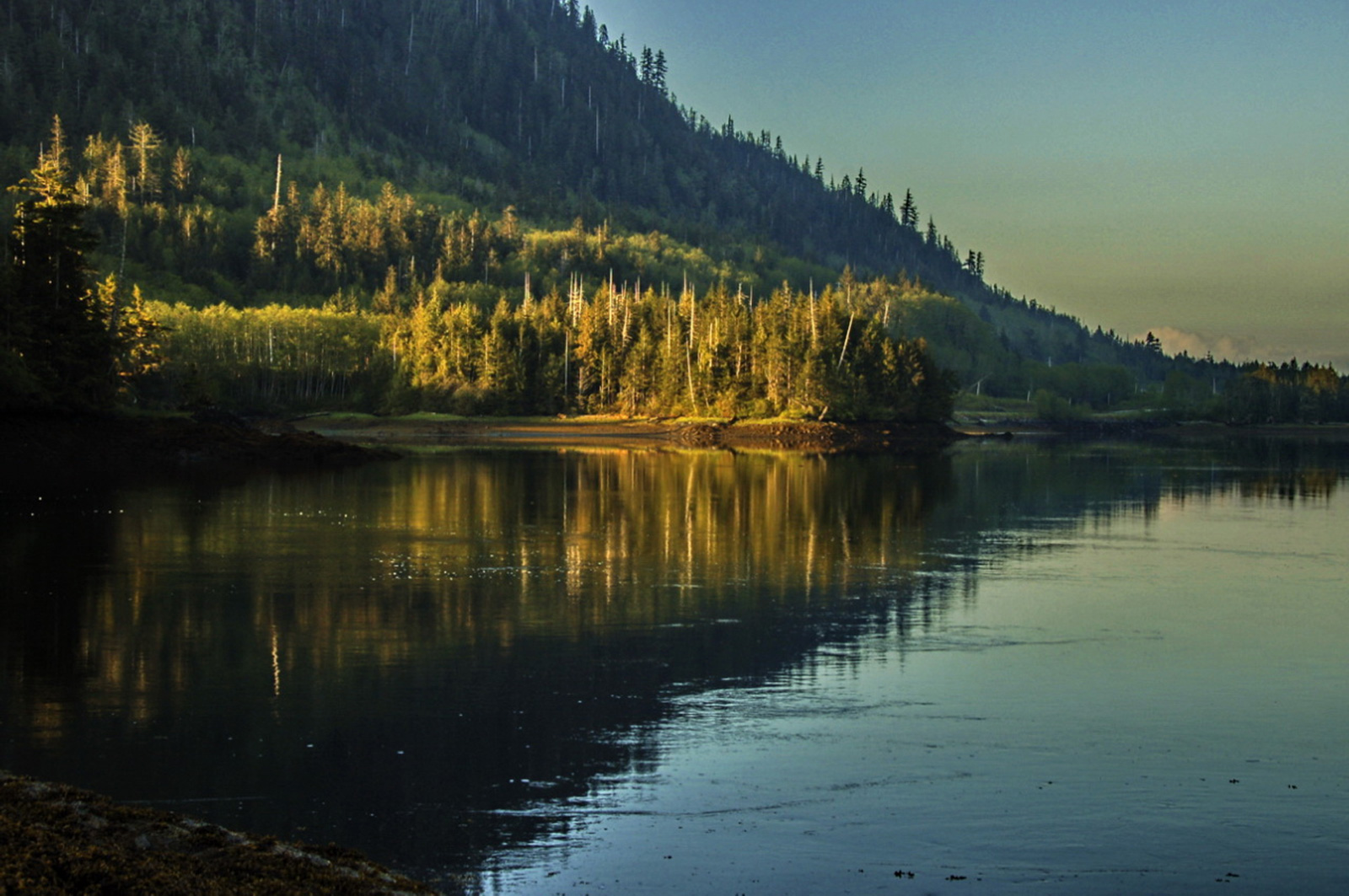
An End to Plunder and Pillage: How a First Nations Nature Reserve Became a Model for the World
The people of Haida Gwaii blockaded logging roads in their territory more than three decades ago. The result of this action and the long, arduous fight it was a part of was the precedent-setting Gwaii Hanas agreement. As Leyland Cecco reports, the signing of the agreement by the Haida Nation and the federal government has become an international symbol of what’s possible for Indigenous-led conservation.
‘Crabs Everywhere’: Off Canada’s Pacific Coast, Indigenous Haida Fight a Host of Invasive Species
Invasive species are a relentless threat to the 150 islands that make up Haida Gwaii’s unique ecosystem. In 2020, this threat took shape as the European green crab. As Leyland Cecco reports, the species are now trapped by the hundreds of thousands. Despite attempts to cull them, Haida Nation members say it feels like there’s just no winning.
Nootka Sound Mowachaht/Muchalaht territory
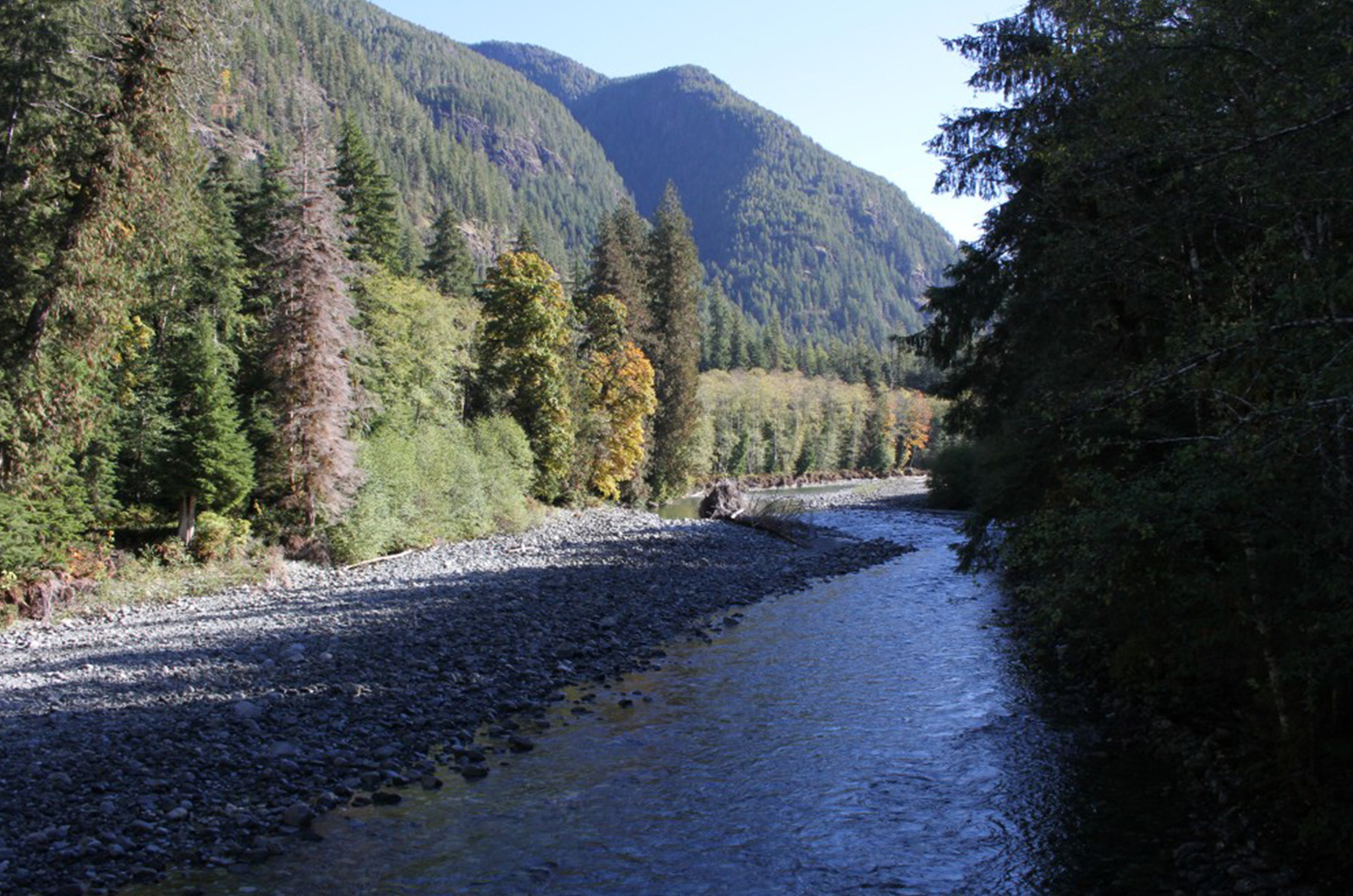
Mowachaht/Muchalaht Awarded $15 million to Protect Old Growth and Salmon
The federal government, Sitka Foundation and Nature United are among funders investing in the Mowachaht/Muchalaht First Nation’s Salmon Parks initiative. As Eric Plummer reports, a $15 million pledge from the feds allows the project to protect more than 38,000 hectares of old-growth forest that local salmon rely upon for survival.
Government Makes Big Conservation Pledges, but Recognition of Indigenous Protected Areas Remains to Be Seen
Indigenous Protected and Conserved Areas have been successful as a way for First Nations to assert sovereignty over their territories. But, as Eric Plummer reports, while initiatives like the Mowachaht/Muchalaht’s Salmon Parks project are recognized under the First Nation’s law, the next step is for provincial and federal governments to legally recognize the Indigenous-led conservation where it occurs.
Salmon, Water and Old Growth: Mowachaht/Muchalaht Take Conservation a Step Further
Industrial forestry has decimated salmon stocks in Nootka Sound. Old-growth watersheds in Mowachaht/Muchalaht territory are critical to the species’ survival and are being logged at an alarming rate. As Eric Plummer reports, the Mowachaht/Muchalaht’s Salmon Parks initiative plans to protect the First Nation’s territory from further destruction.
Gitdisdzu Lugyeks (Kitasu Bay) Klemtu
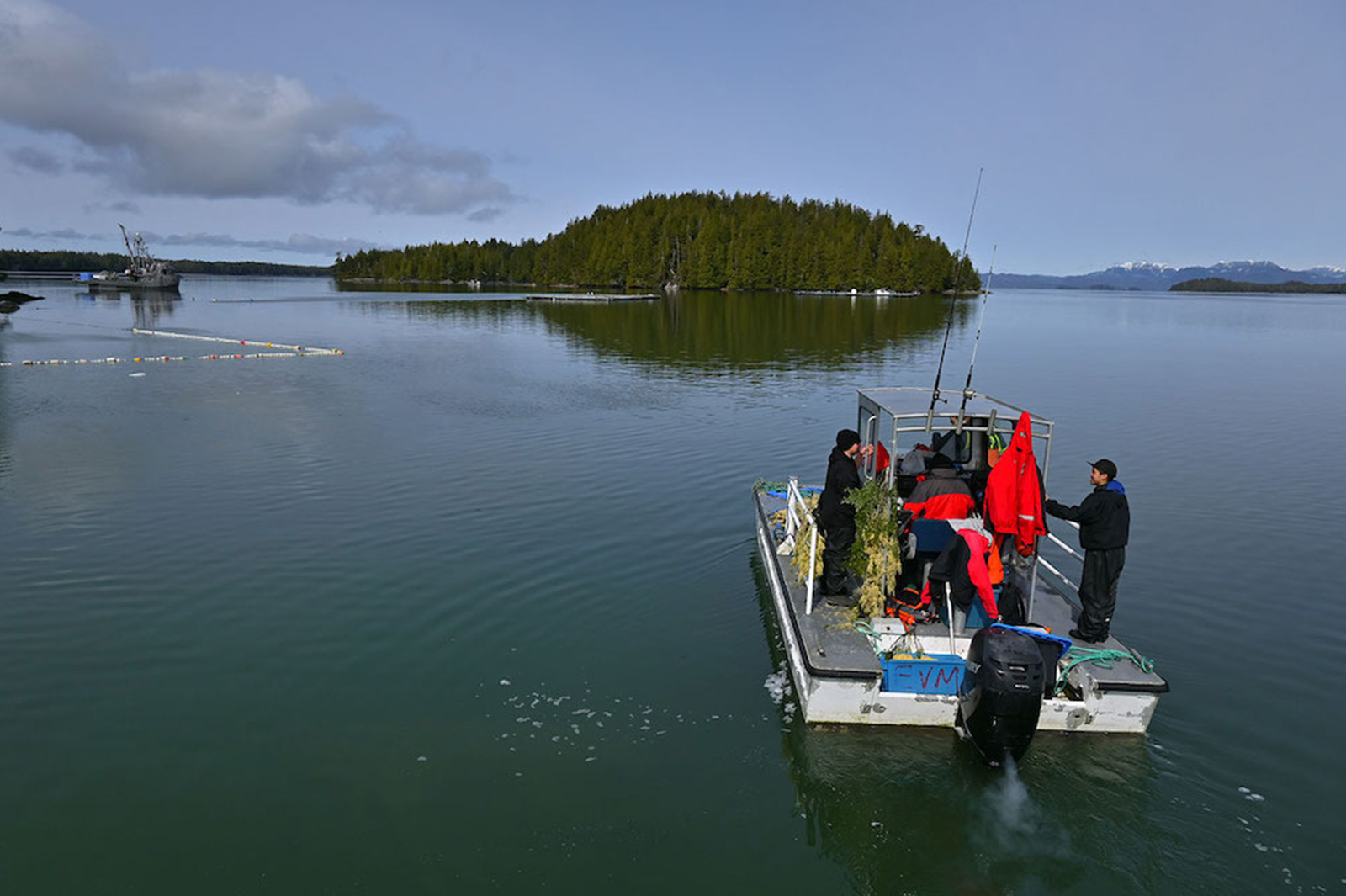
Indigenous-Led Marine Protection Sets a Course Along Canada’s Pacific
Kitasoo Xai’xais hereditary leadership shut down Kitasu Bay in June 2022 to protect it from the effects of commercial fishing. As Ali Withers reports, the action was part of a movement of Indigenous-led marine conservation tactics taking shape across Canada. Their work would be formally endorsed by the federal government the following year.
How First Nations Are Asserting Sovereignty Over Their Lands and Waters
Indigenous Protected and Conserved Areas dot the west coast of B.C., from Kitasu Bay to Gwaii Haanas. As Michelle Gamage reports, the land and water within each IPCA are stewarded by Indigenous laws, governance and knowledge systems, meaning they’re created by and for a community.
One of the Last Herring Roe Harvests on the Coast
The Kitasoo Xai’xais Nation declared a Marine Protected Area out of necessity in 2022, after decades of their community herring roe harvest growing dangerously smaller. As Michelle Gamage reports, the declaration came with a management plan that details thousands of years of marine stewardship and ancestral knowledge.
Kɬúsx̌nítkʷ (Okanagan Lake) syilx homelands
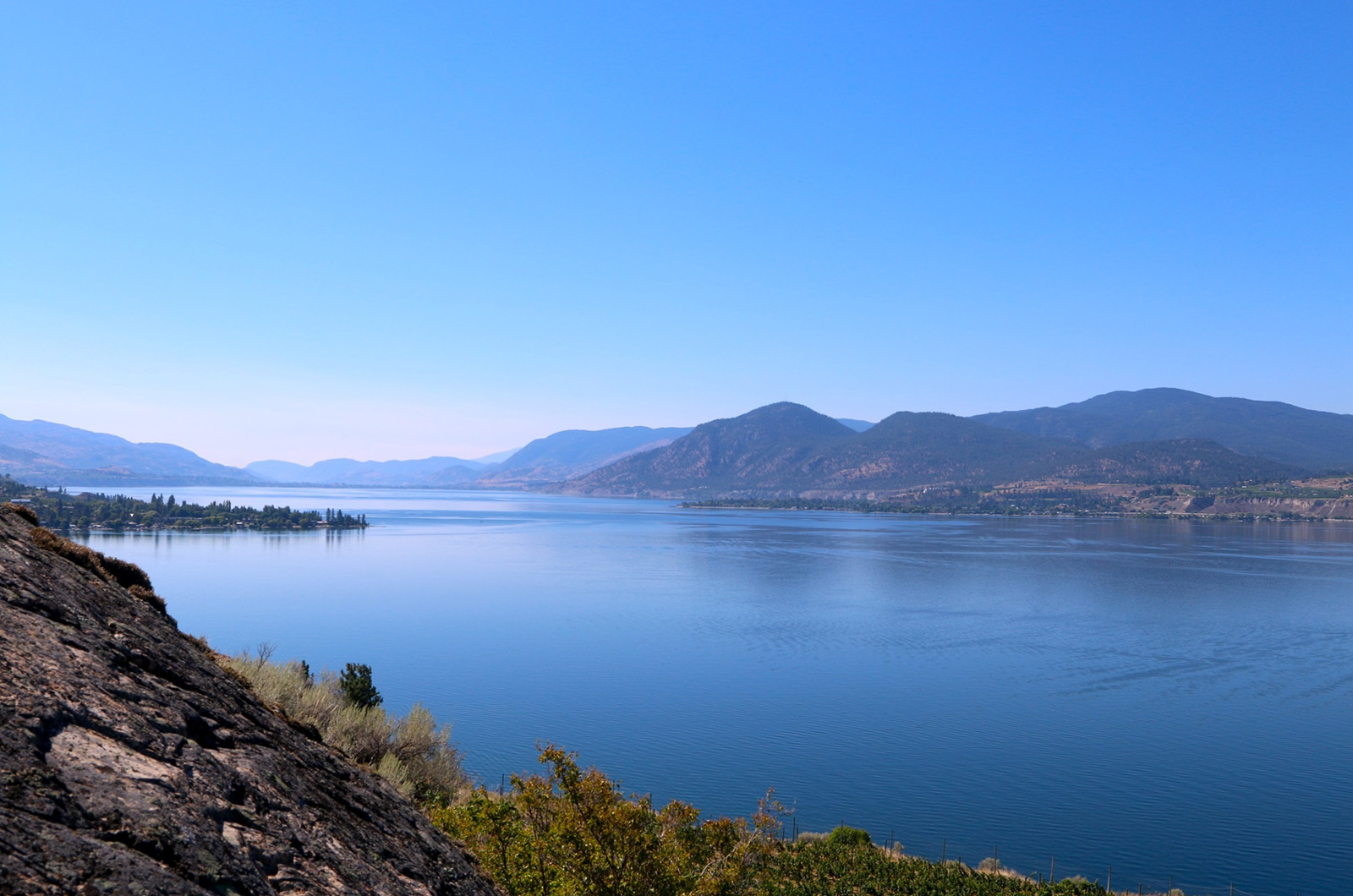
Caretakers Say It’s a Crucial Time to Protect kɬúsx̌nítkʷ, the ‘Heart’ of syilx Homelands
kɬúsx̌nítkʷ (Okanagan Lake) needs protecting more than ever before. As Aaron Hemens reports, its natural shoreline is disappearing and its waters are filling with harmful toxins. Following a call to action, syilx and non-syilx people are making a plan to preserve it.
kɬúsx̌nítkʷ, the Original and Accurate Name for ‘Okanagan Lake’
Skawilx (Sarah Alexis) grew up beside kɬúsx̌nítkʷ (Okanagan Lake). Kelsie Kilawna reports on how the Okanagan Indian Band member has dedicated her life and career to being a caretaker of the siwɬkʷ, or water.
syilx Women Share Knowledge about Protecting kɬúsx̌nítkʷ for Future Generations: ‘It’s about Them’
kɬúsx̌nítkʷ (Okanagan Lake) is sacred for many syilx women. As Athena Bonneau reports, their voices are sought out by the Okanagan Nation Alliance as it develops a framework to protect and restore the body of water in an era of rapid climatic change.
Athabasca River Fort Chipewyan
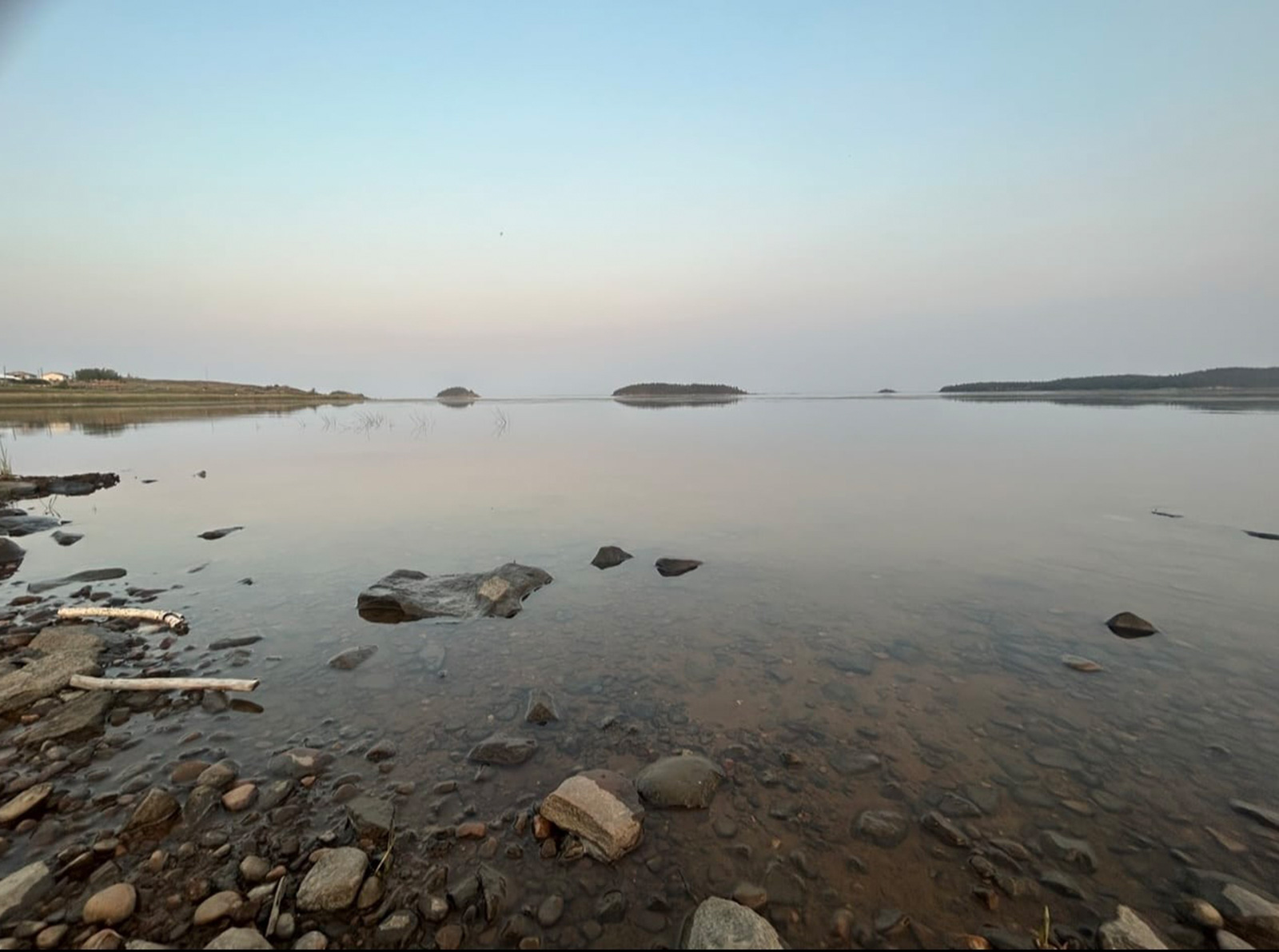
On the Ground with Indigenous Communities Fleeing a Climate Inferno
When a wildfire encroached upon Fort Chipewyan in northern Alberta, reporter Brandi Morin was there to watch evacuation efforts unfold. Over three days, she tells the story of how everything on the land is connected. The tarsands upstream from the community fan the flames of climate change and pollute the Athabasca River. Subsequently, increasingly frequent and extreme wildfires force Fort Chipewyan residents to evacuate and turn to the tainted river as a lifeline.
For Indigenous Communities in ‘Alberta,’ the Oil Industry Has Left an Ugly Stain
The Athabasca River in Alberta doesn’t look like it used to. Strange foams, sheens and discolourations have become a common sight for members of the Athabasca Chipewyan First Nation whose territory the river runs through. As Brandi Morin reports, the river that the nation once relied upon for nourishment and transportation is now heavily tainted by the oilsands industry that has established itself upon its shores.
Okanagan River Oliver
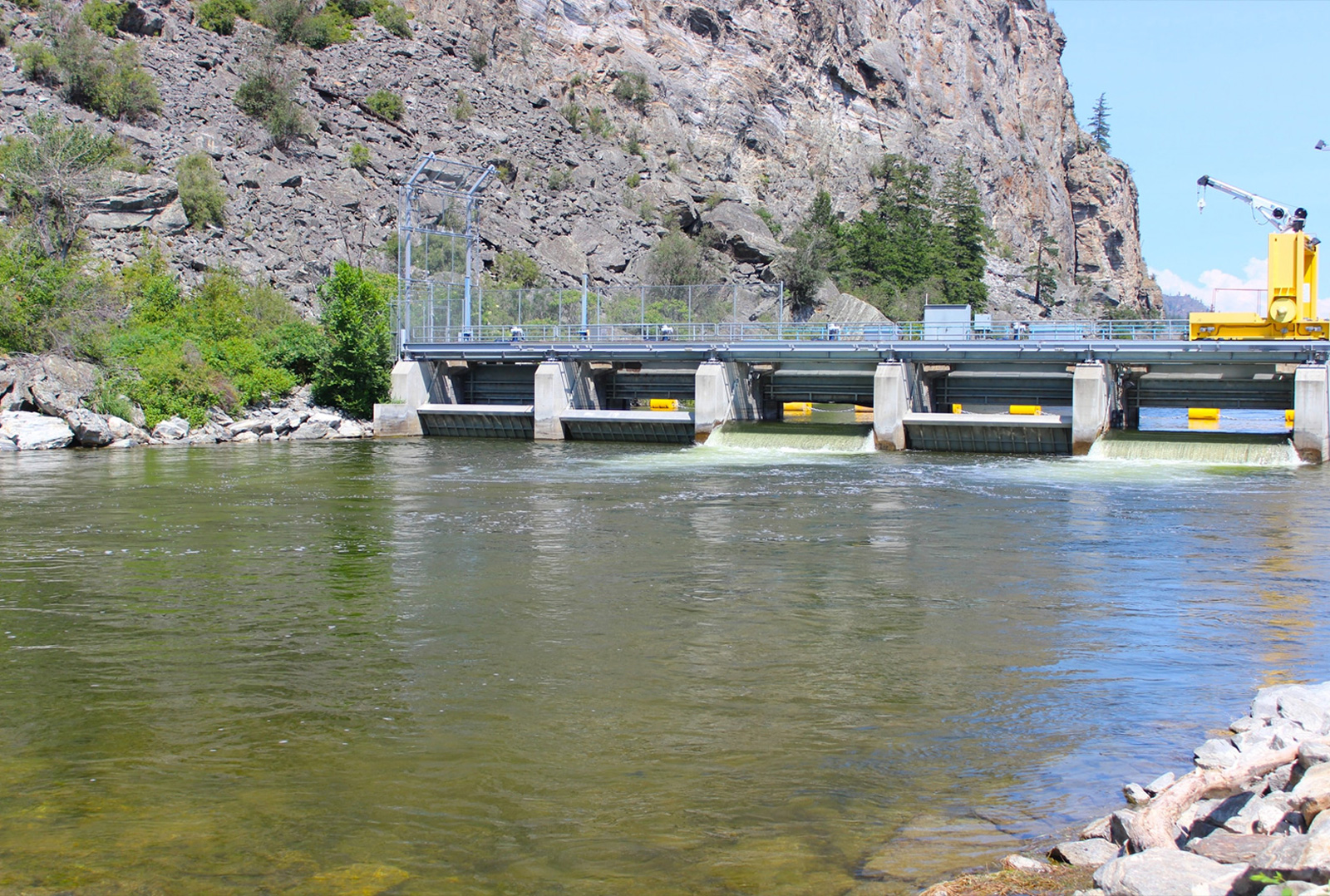
Sending Prayers for a Safe Return, Five-Day Ceremony Calls Salmon Home to syilx Waters
Every year, the syilx Okanagan Nation gathers at five different sites along sn̓x̌ʷn̓tkʷítkʷ (the Columbia River) to call the salmon home. As Athena Bonneau reports, the Salmon Calling Ceremony is rooted in tradition for the nation and is critical to their commitment to restore the salmon population to its ancestral home.
Nk’mip (Osoyoos Lake) Osoyoos
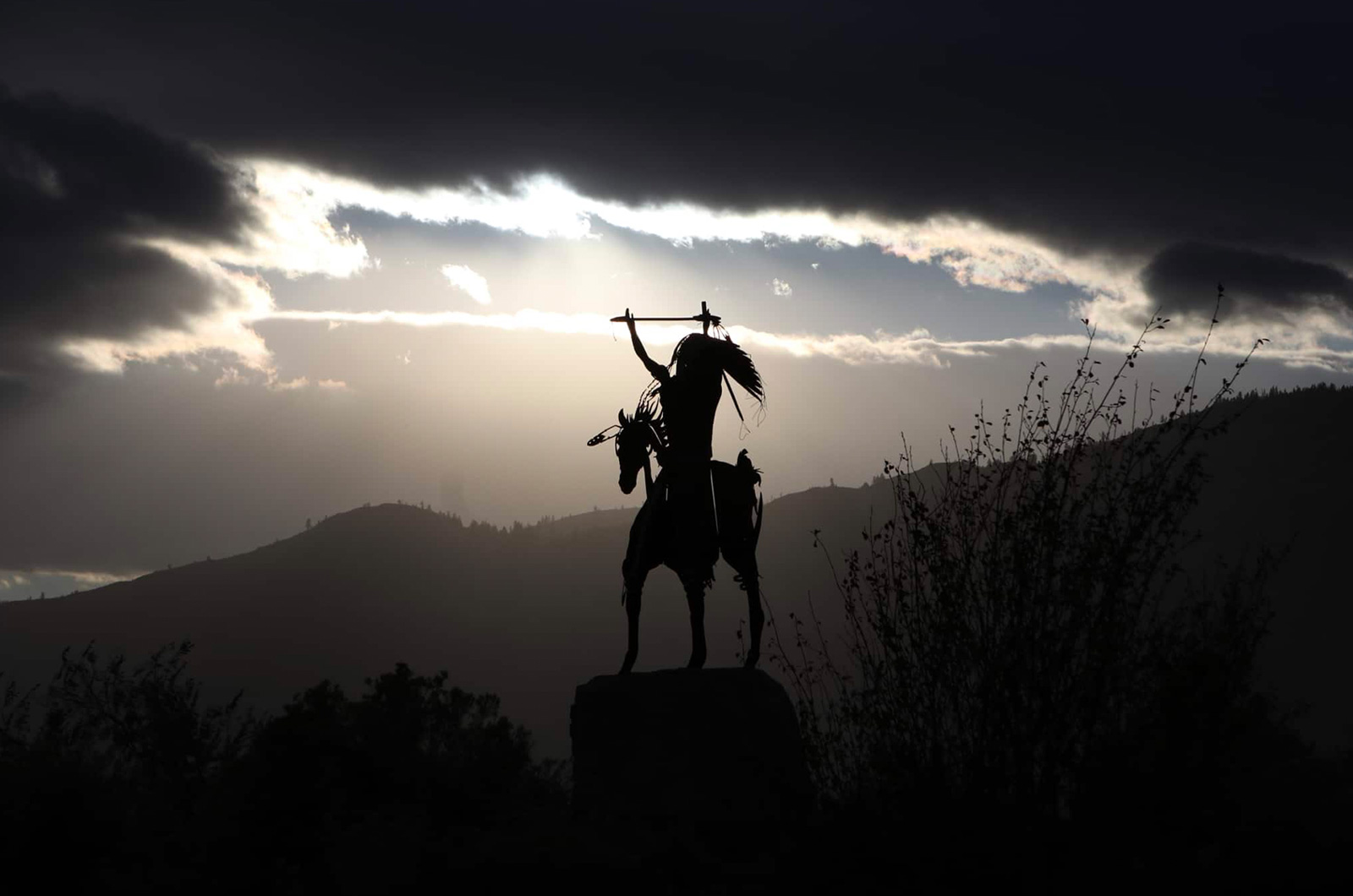
syilx Conservation Knowledge at the Heart of Water Forum in sw̓iw̓s
The nk’mip (Osoyoos Lake) Water Forum brought together scholars, residents, scientists and elected officials on syilx homelands to answer questions about the stewardship of the watershed. As Aaron Hemens reports, the three day conference’s theme was weaving Indigenous teachings and western science together in land and water management.
Kłlilx’w (Spotted Lake) Osoyoos
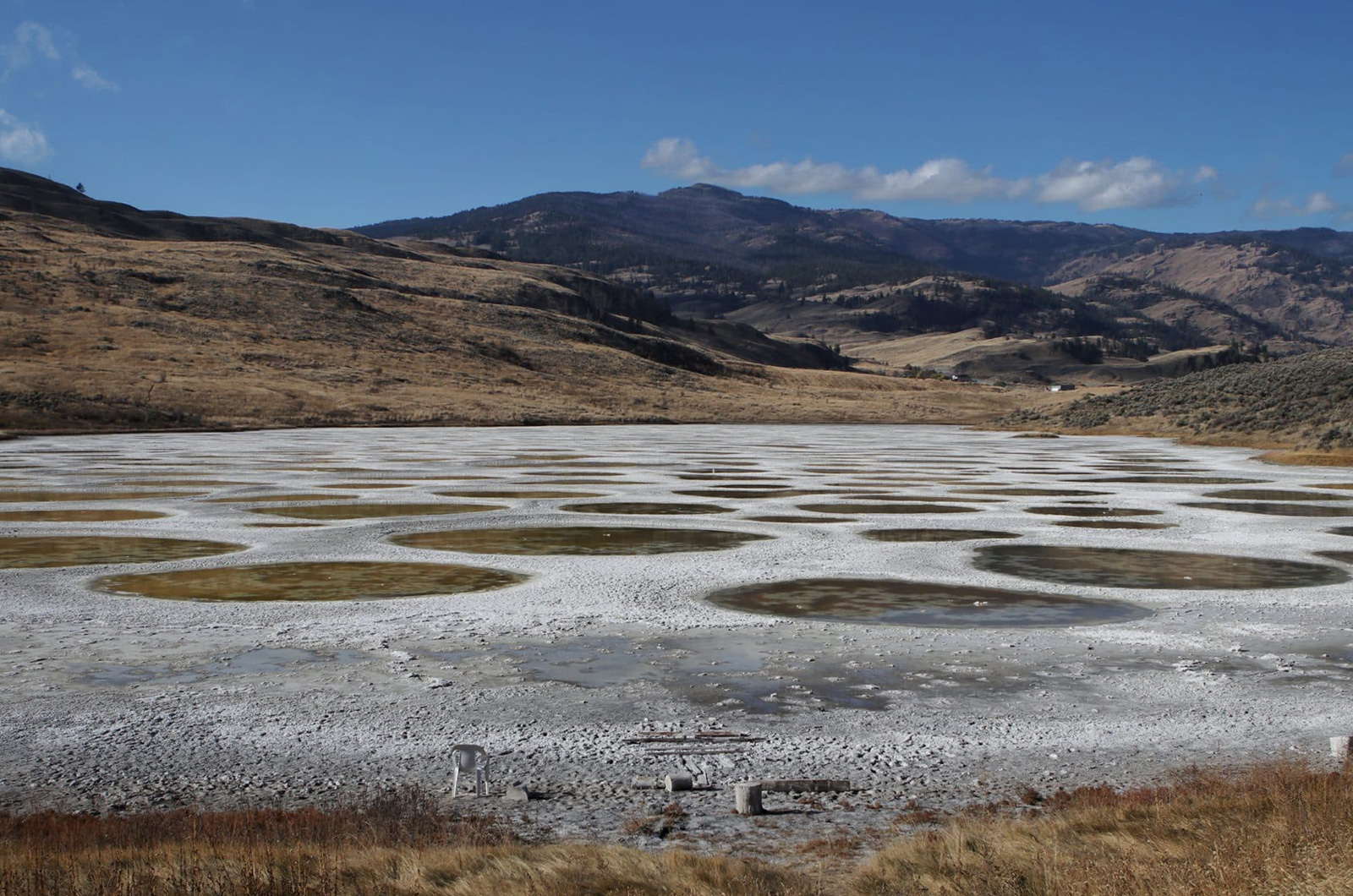
Known for Its Healing ‘Spots,’ syilx People are Protecting This Miraculous Lake
At first glance, kłlilx’w (Spotted Lake) looks like something from another planet. The sacred medicine lake features 365 naturally formed “spots” that Indigenous people have been visiting for millennia to cure physical and spiritual ailments. Aaron Hemens reports how the Okanagan Nation Alliance is working to protect it in an era of extreme climatic change.
Hudson Bay Arviat
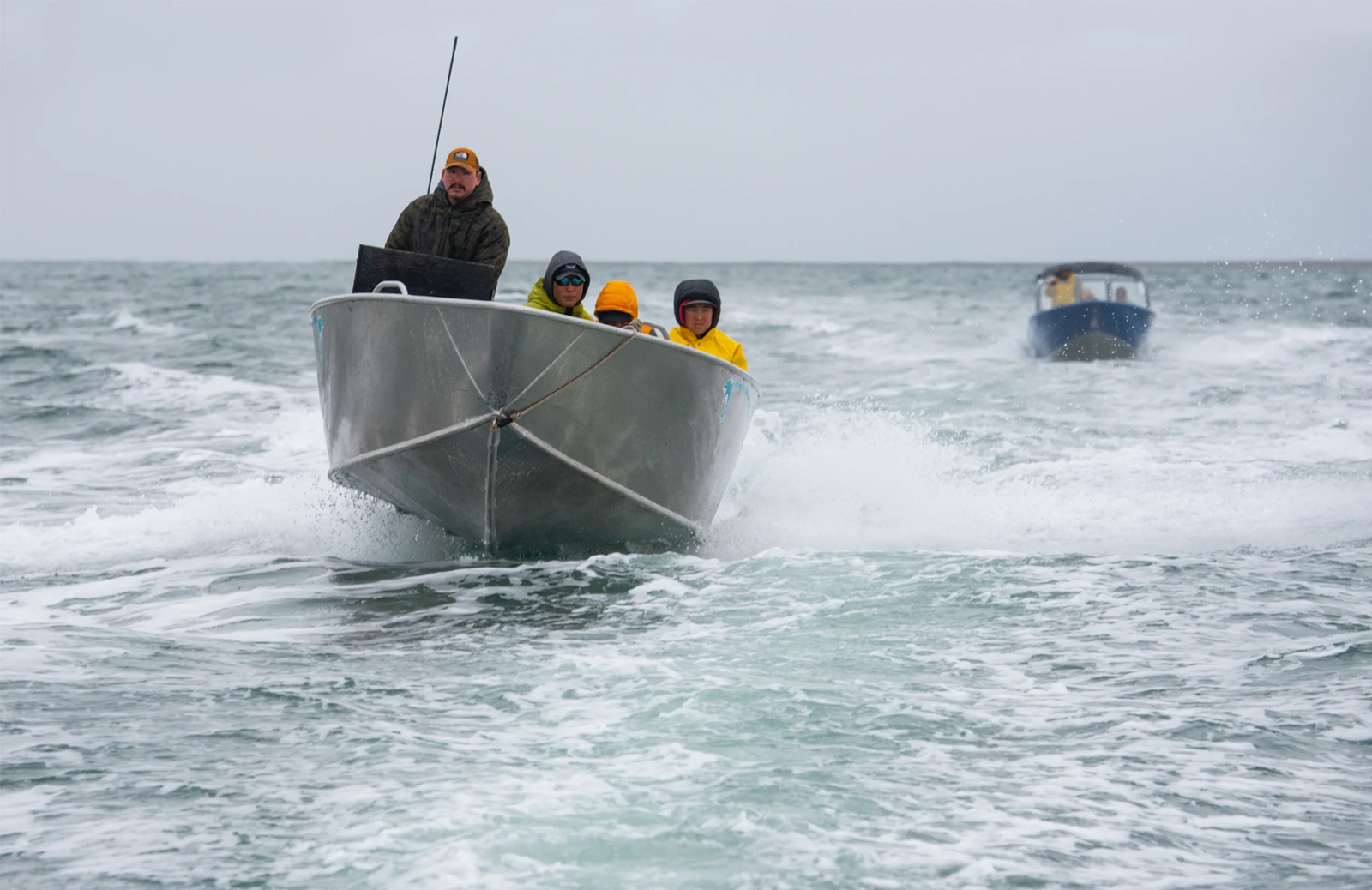
With Old Traditions and New Tech, Young Inuit Chart Their Changing Landscape
The Hudson Bay Inuit’s lands are fast-warming and rapidly changing. For generations, Inuit have stewarded the region near the Arctic Circle using their traditional knowledge. As Cheryl Katz reports, the Ujjiqsuiniq Young Hunters program in Arviat, Nunavut is working to teach youth the ways of knowing their Elders have lived by since time immemorial.
Labrador Sea Torngat Mountains National Park
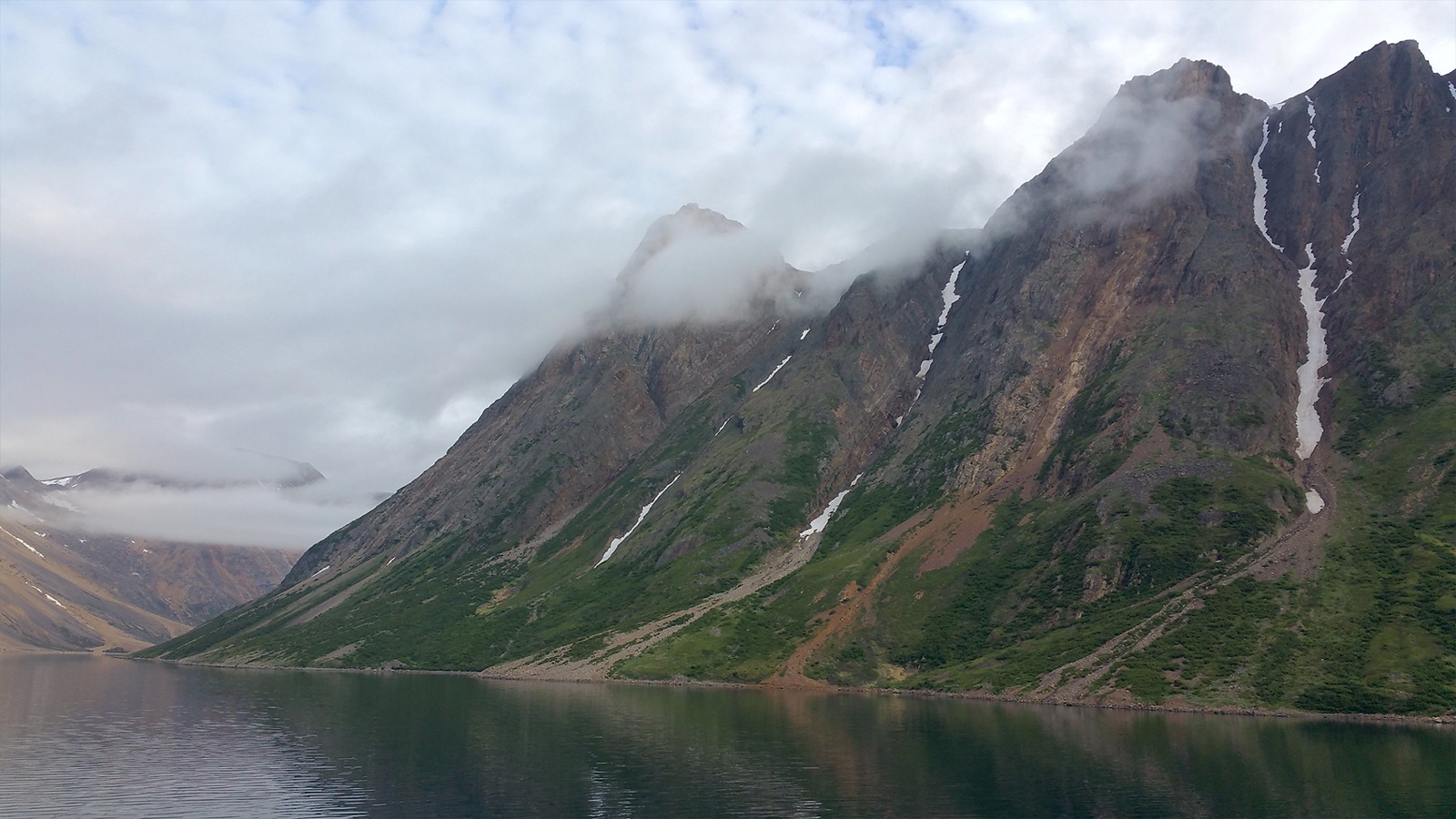
This Might Be the Most Beautiful Place on Earth. But Only Half of It Is Protected — for Now
On Canada’s East Coast, the Labrador Inuit have long stewarded Torngat Mountains National Park. The remote subarctic landscape is filled with polar bears, icebergs, coral gardens and whales, among other species who call the ecological reserve home. Elaine Anselmi reports how the Nunatsiavut government is working with the federal government to protect a 16,700 square-kilometre area of the Labrador Sea that laps at its shores.
Gwaxdlala/Nalaxdlala (Lull Bay/Hoeya Sound) Mamalilikulla territory
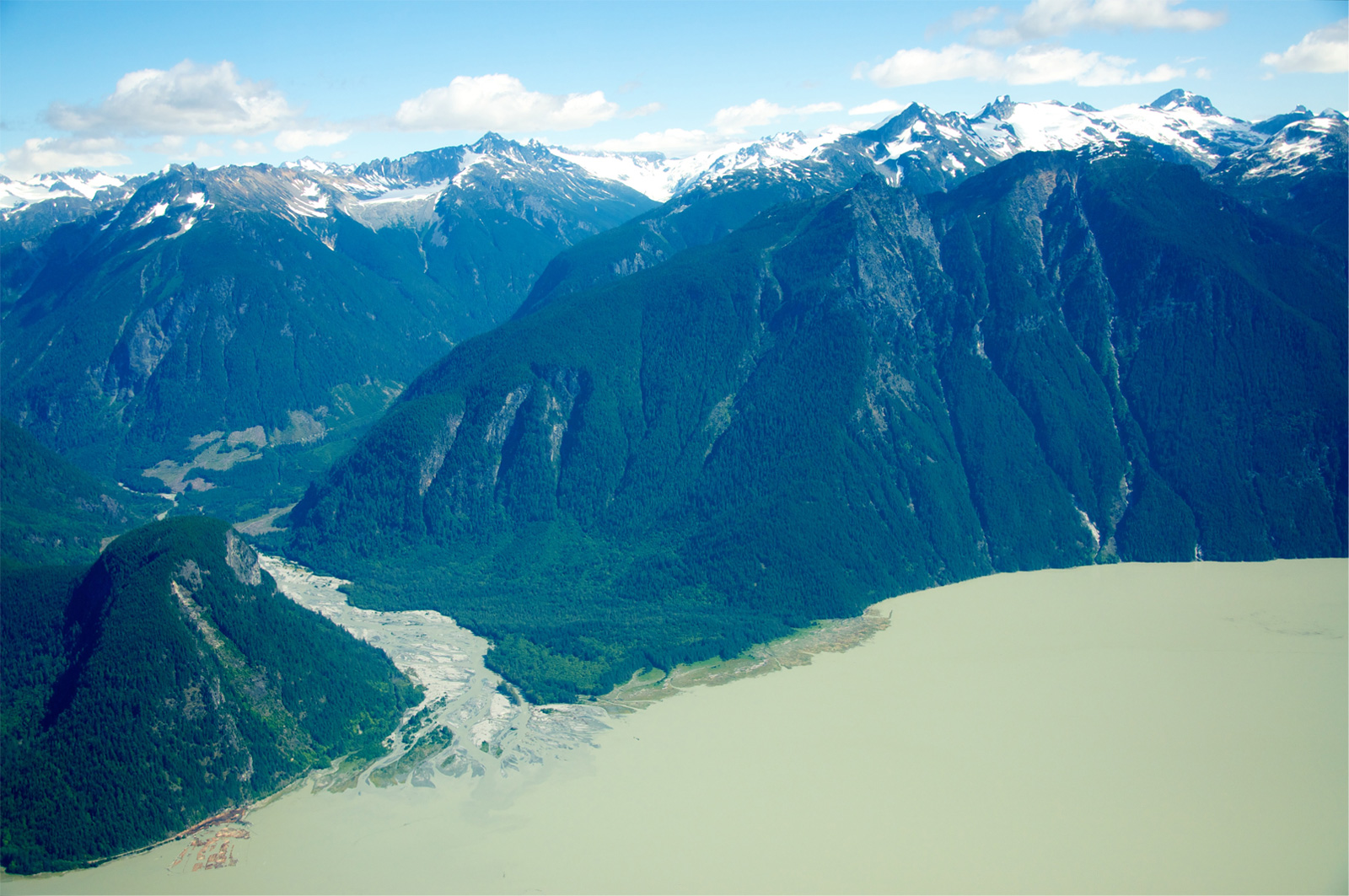
The Mamalilikulla’s Long Journey Home
The Mamalilikulla declared an Indigenous Protected and Conserved Area in 2021 to protect the land they were separated from more than a century ago. They’re one of many First Nations who, as Steph Kwetásel’wet Wood reports, have moved ahead with their right to manage their territories and let colonial governments catch up.
Clayoquot Sound Tla-o-qui-aht territory
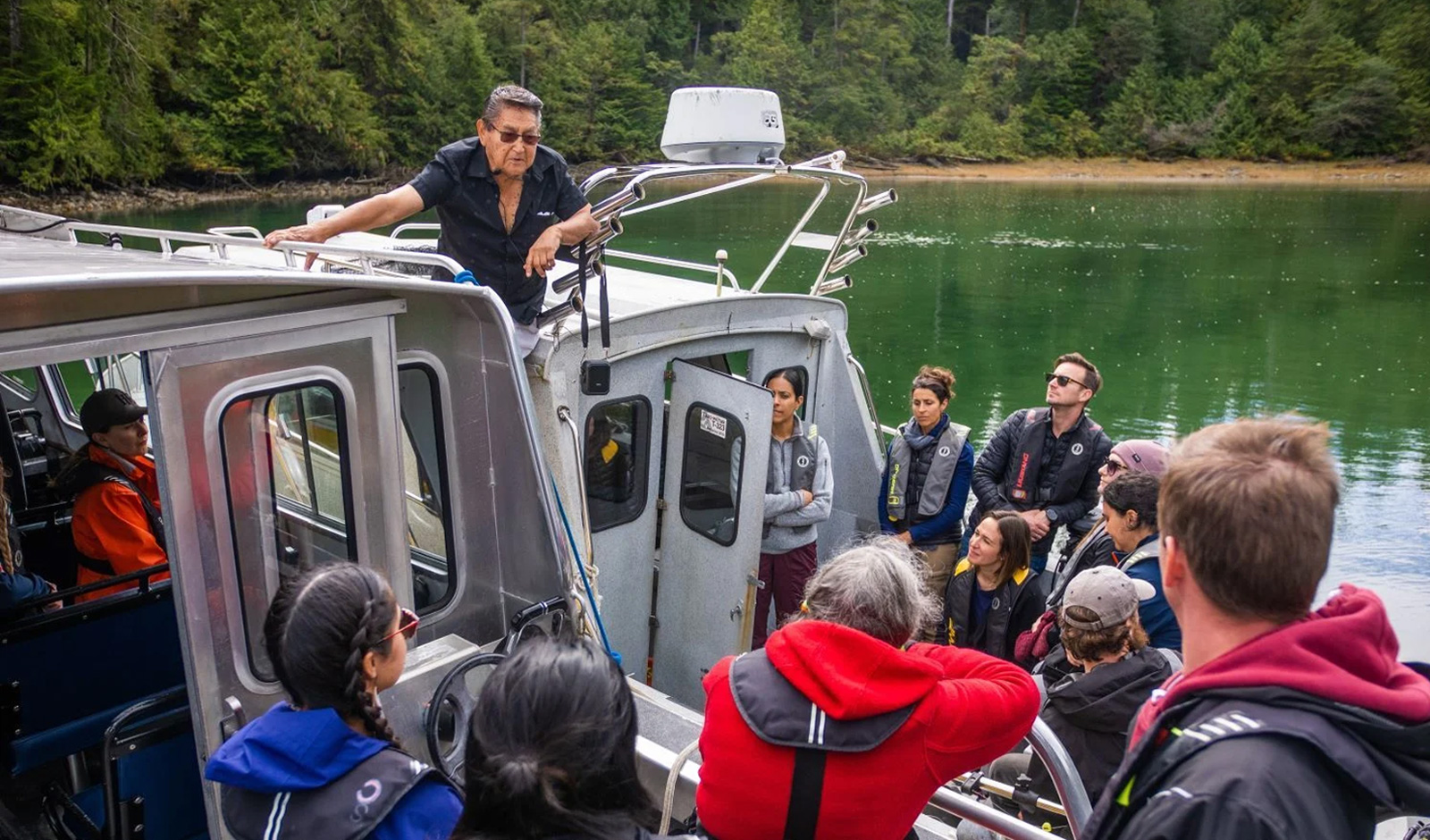
Learning to Plan for the Next 500 Years
Vancouver Island University’s Indigenous Protected and Conserved Areas planning certificate program is the first of its kind in Canada. The year-long program was launched in 2022 to develop capacity for the Indigenous led-conservation initiatives. As Erin Blondeau reports, students learn how to advocate for policy that honours the land and water’s original stewards.
Owossitsa Creek Nootka Island
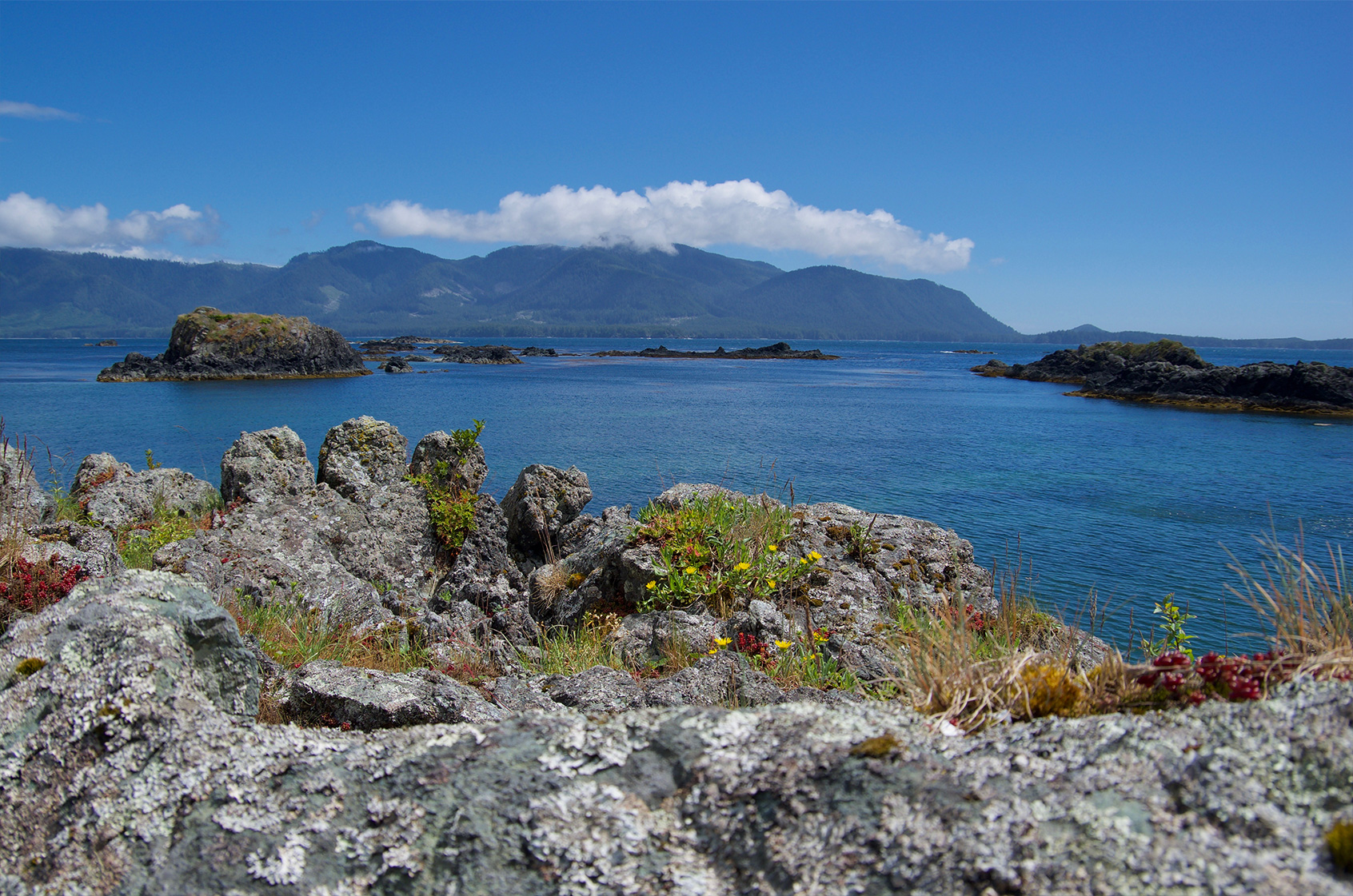
Salmon Parks: Inside a Movement to Conserve Pacific Northwest Old Growth
Unceded territory on northern Nootka Island is at the heart of a lawsuit filed by the Nuchatlaht Nation to the B.C. Supreme Court. As Lynda V. Mapes reports, the case is an attempt by the nation to reassert their right to the land and begin healing it, in a province where Indigenous territories are often infringed upon by industrial development.
Courtenay River K’ómoks territory
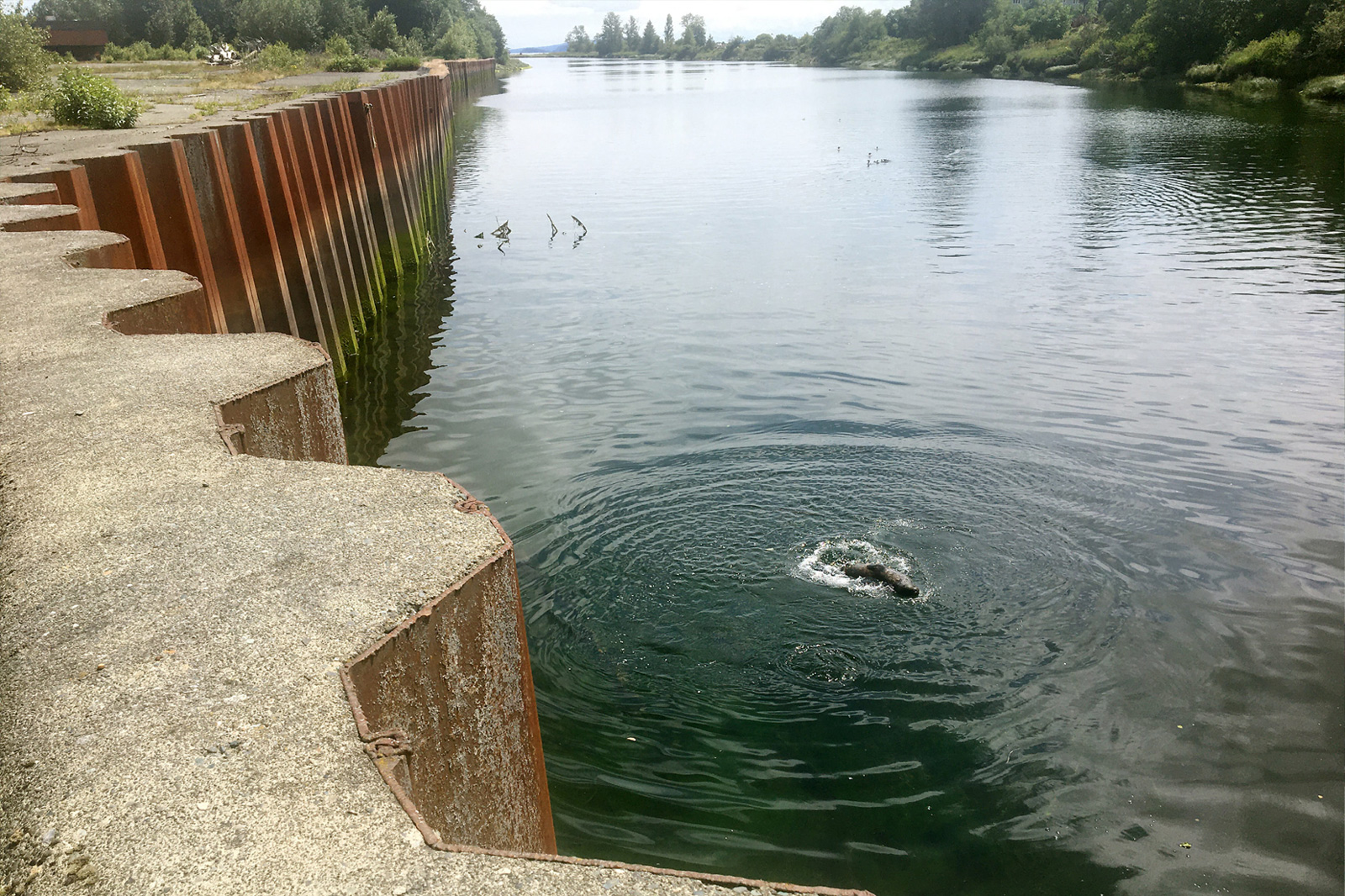
Kus-kus-sum: K’ómoks Estuary Set to Be Restored after Decades of Industrial Damage
A decrepit, abandoned sawmill sits along the Courtenay River in K’ómoks territory. Formerly a thriving estuary, Cara McKenna and David P. Ball report the once ecologically rich habitat is being restored, with the goal of handing full ownership of the site over to the K’ómoks First Nation.
Elliott Bay Muckleshoot territories
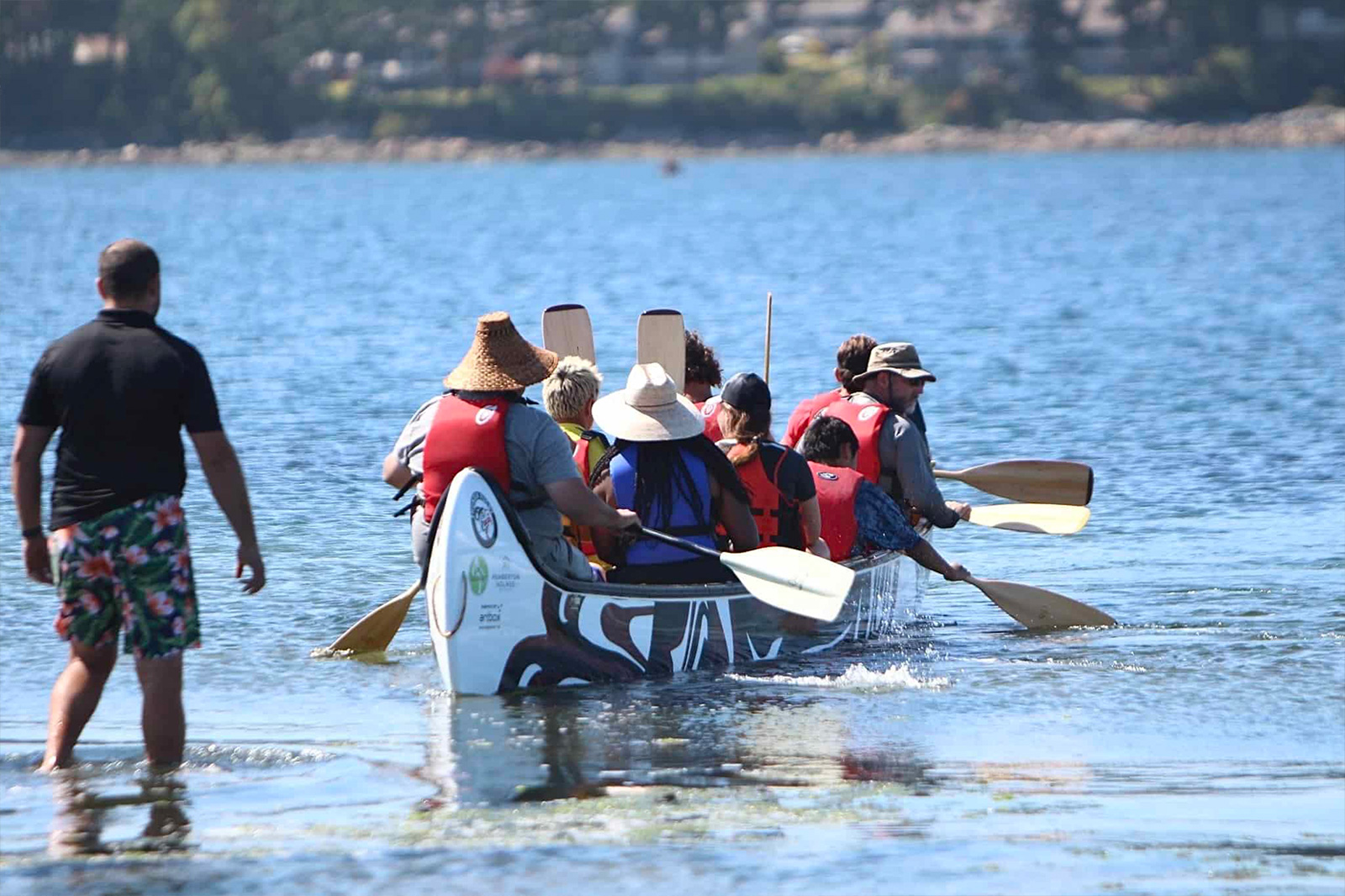
Tribal Journeys 2023: After Three-year Hiatus, Canoe Families Pull to Muckleshoot
It was a triumphant return for Tribal Canoe Journeys. As reporter Margaret Benson writes, the week-long celebration in 2023 saw Indigenous people from all over the Pacific Northwest paddle along ancestral waterways to the Muckleshoot Indian Tribe. More than 100 canoes arrived on the shores of Seattle, carrying families eager to share music, food, dance and tradition.
sn̓x̌ʷn̓tkʷítkʷ (Columbia River) sx̌ʷnítkʷ (Kettle Falls)
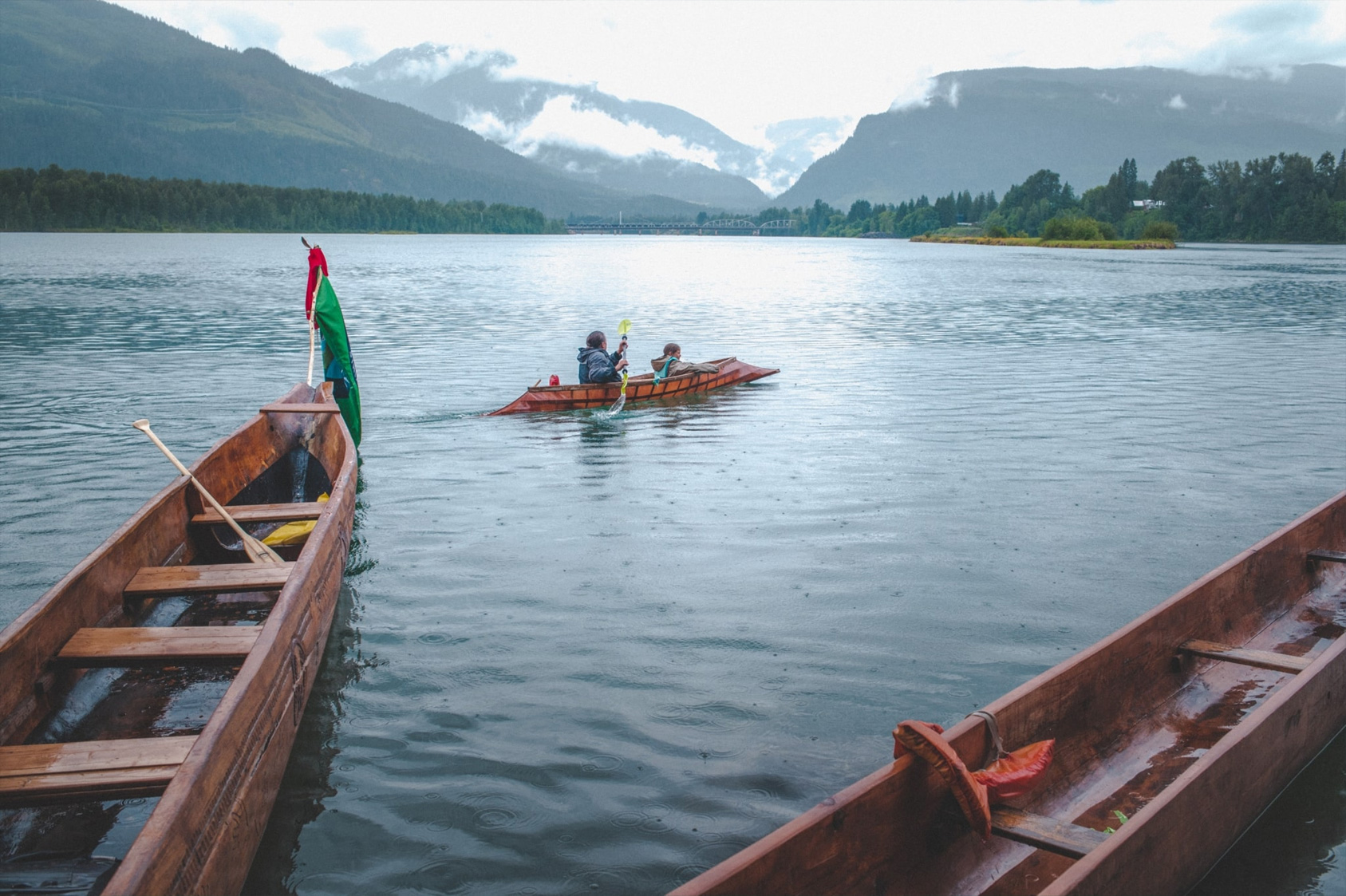
‘kʷu nəqspʔusm̓’: iʔ sn̓ʕay̓čkstx naʔɬ sixʷápmx ʔučlm̓ iʔ l̓ sn̓x̌ʷn̓tkʷitkʷ ɬa čqʷaʔqʷʔalmín̓tm̓ iʔ stəqtqips
‘One United Purpose’: Sinixt, Secwépemc People Paddle Together amid Contentious Treaty News
A canoe journey along sn̓x̌ʷn̓tkʷítkʷ swift river (the Columbia River) unites two nations on their way to an annual salmon ceremony. As Mike Graeme reports, the journey holds different meanings for each nation and connects them in defiance of colonial governments, after the Sinixt were excluded from critical Columbia River Treaty renegotiations.
Skeena and Bulkley rivers Gitxsan territory
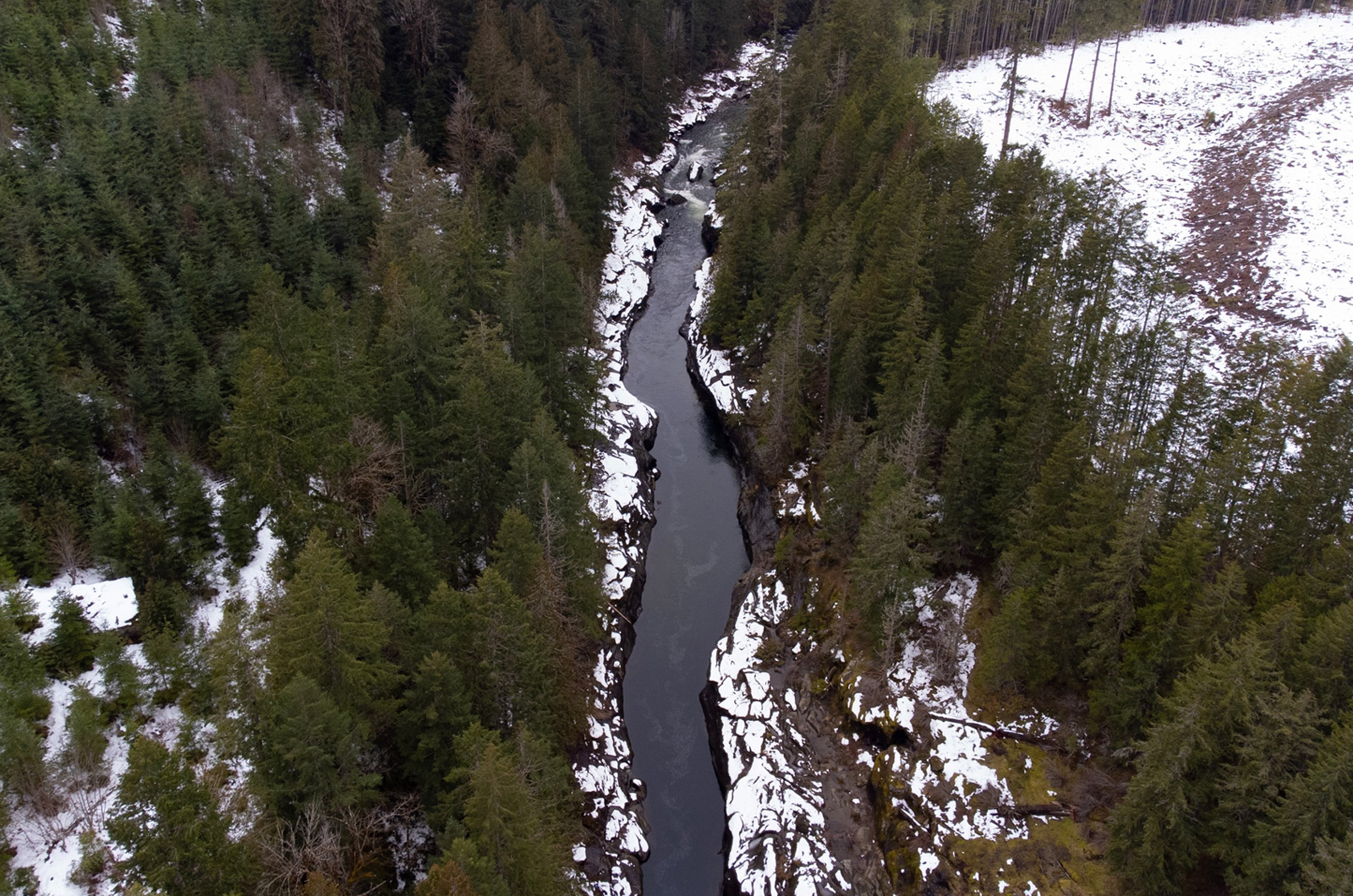
Guided by Her Culture, Gitxsan Scientist Looks to Old Ways for Climate Resilience
Janna Wale has been watching the salmon disappear from her Gitxsan homelands since she was a teenager. Now, Wale is helping policymakers figure out how to adapt to ‘Canada’s’ changing climate. As Aaron Hemens reports, the Indigenous climate researcher views the challenge as relationship work, between people and the land.
Read more: Indigenous, Rights + Justice, BC Politics
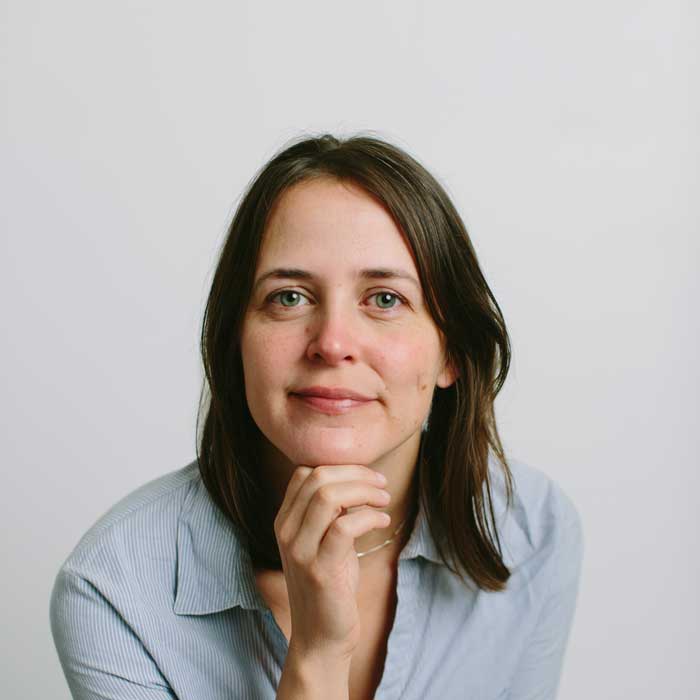




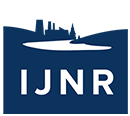

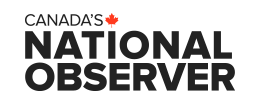
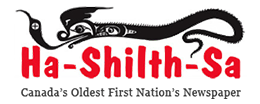







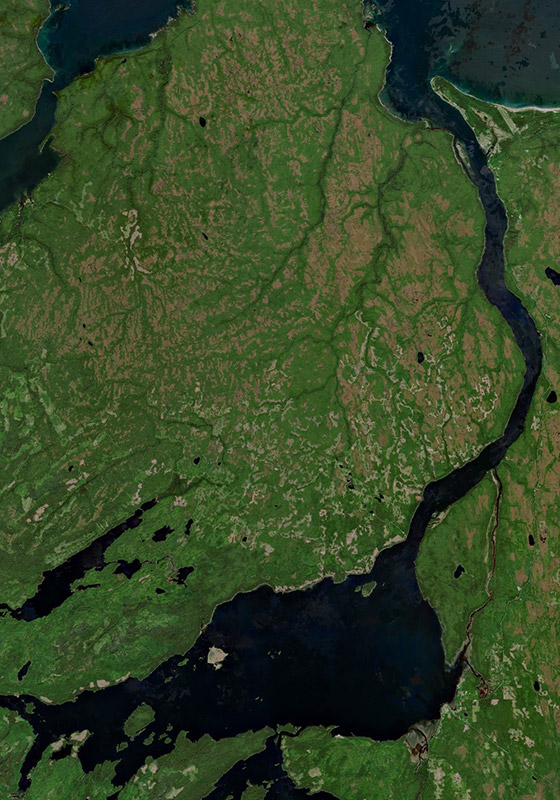
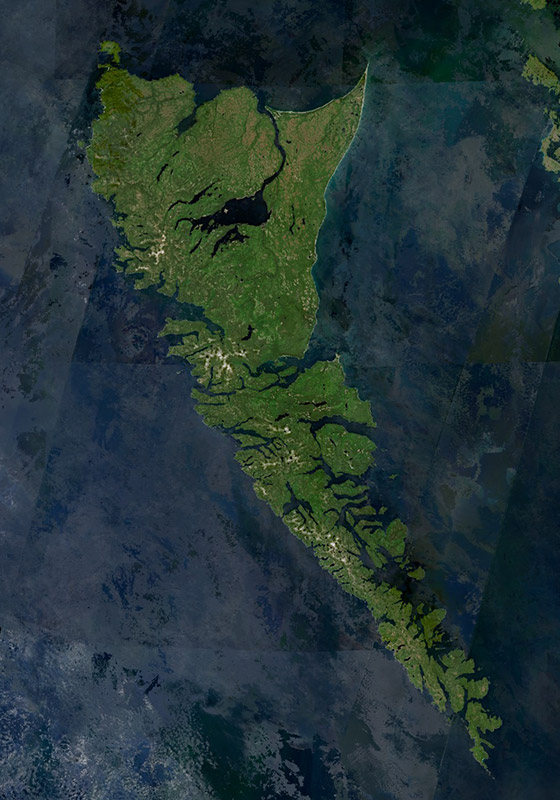
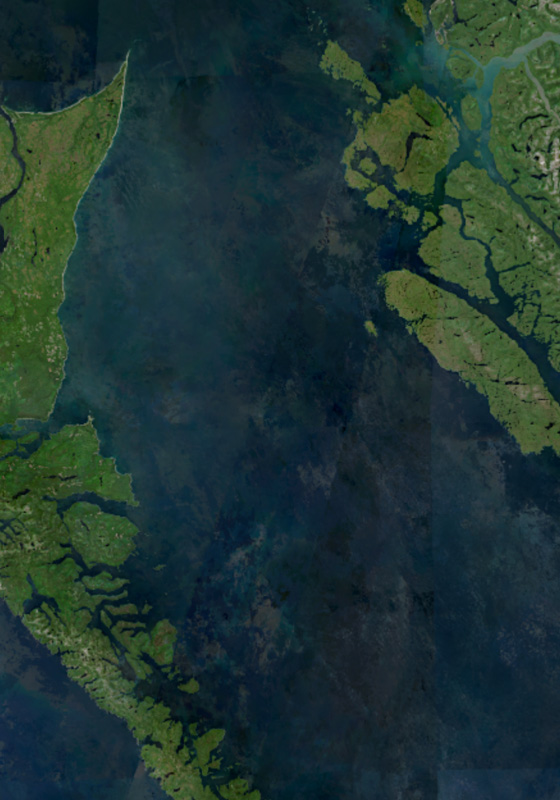
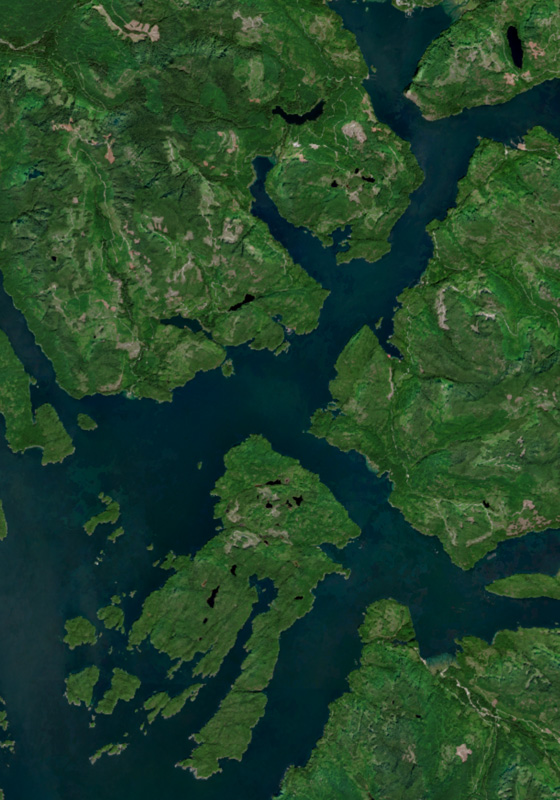

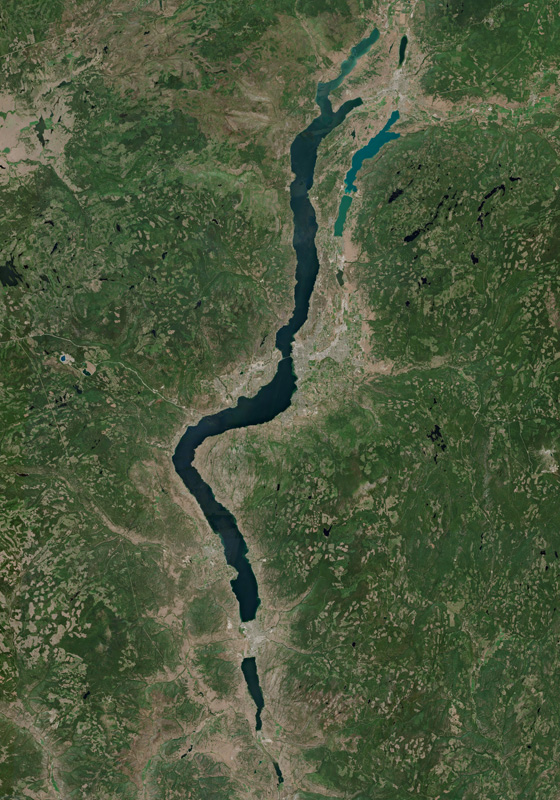

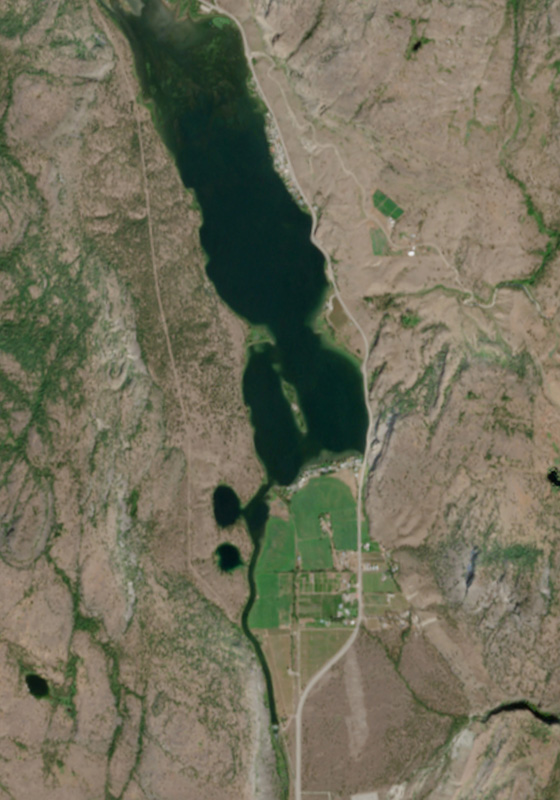
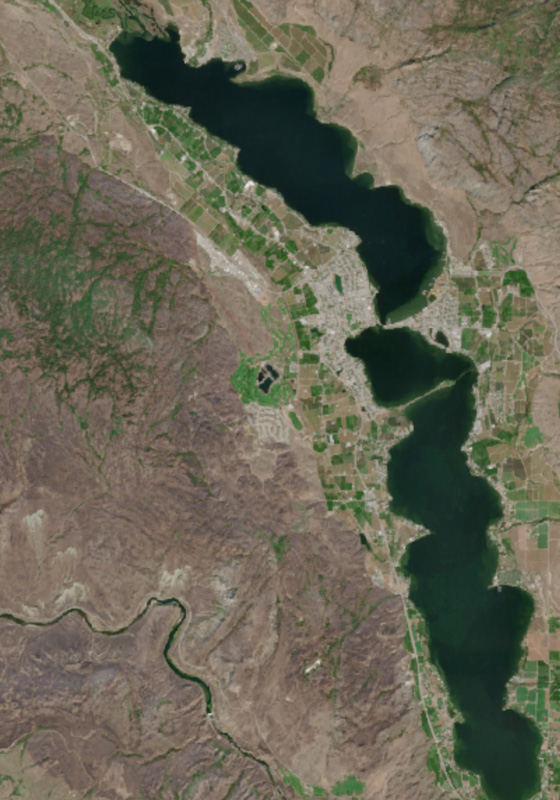
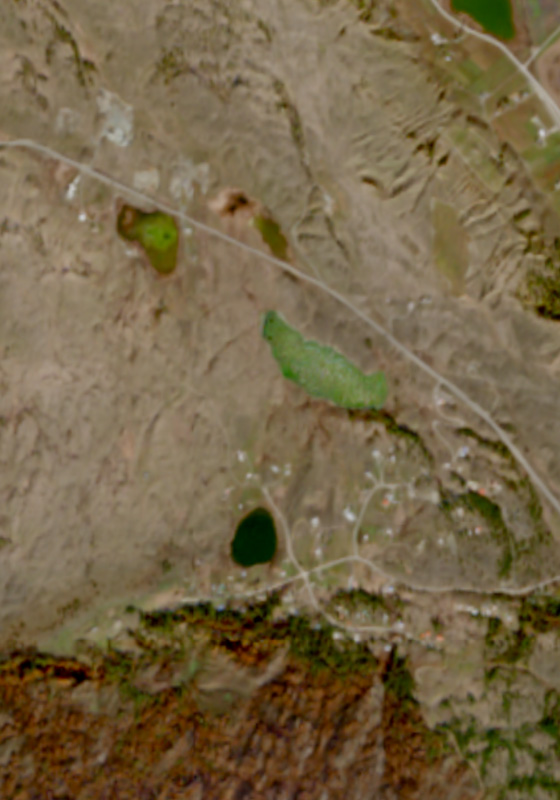
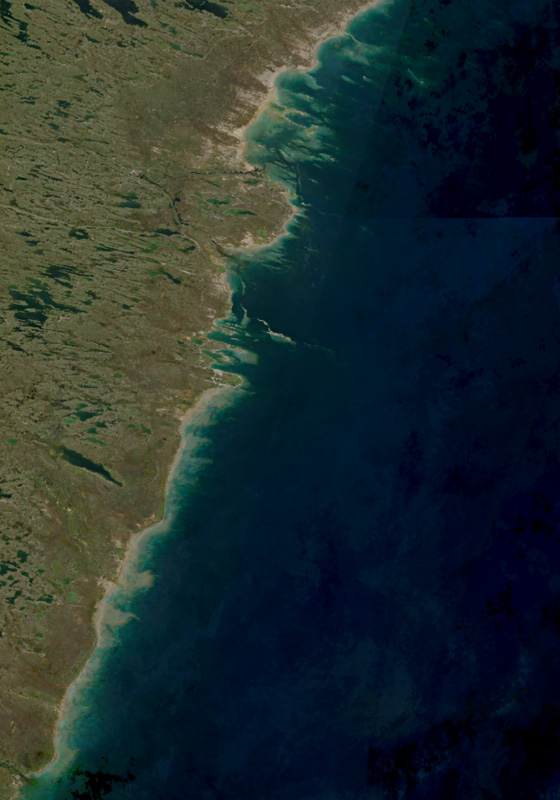
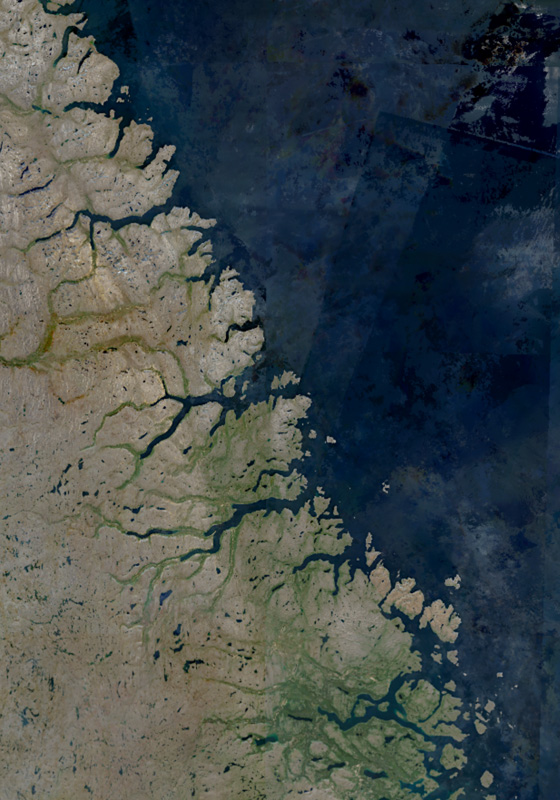


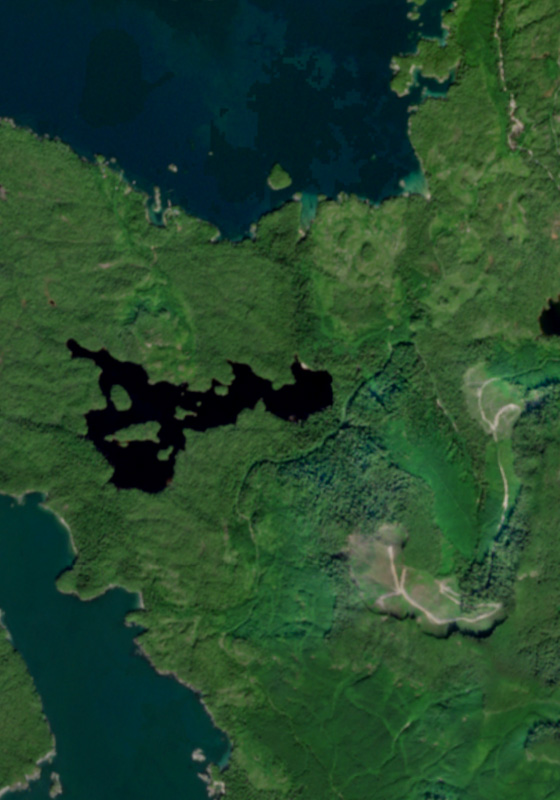

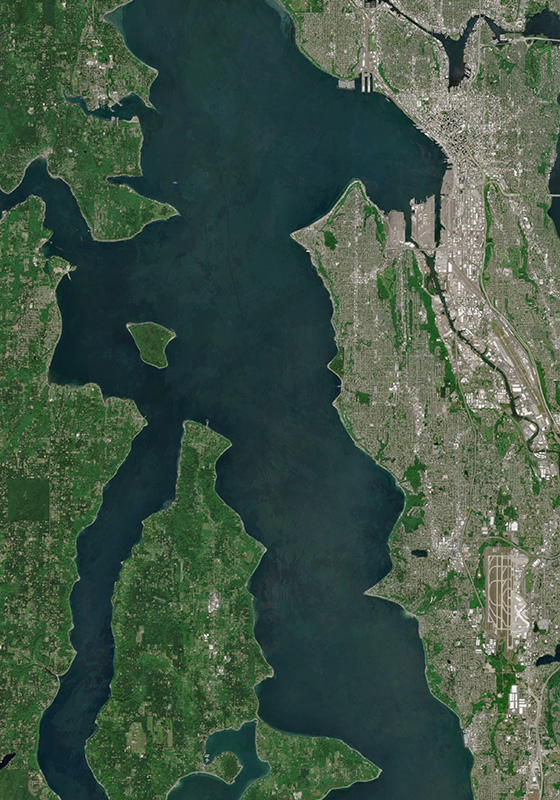

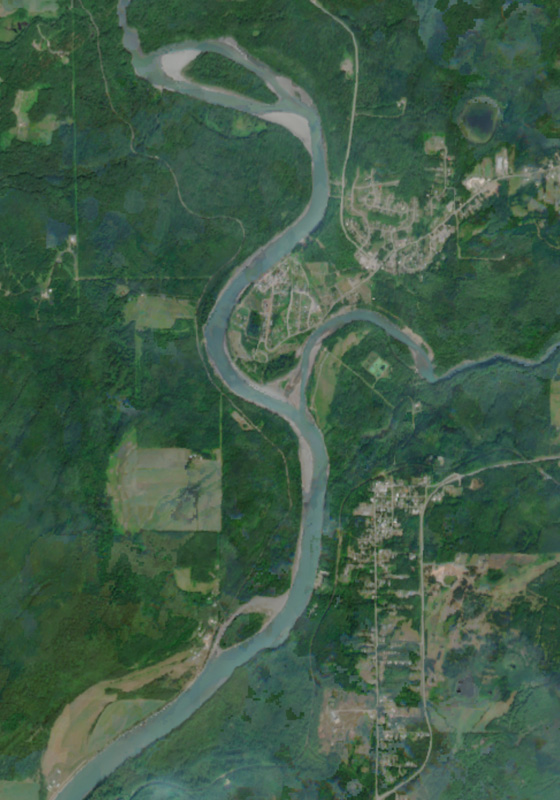


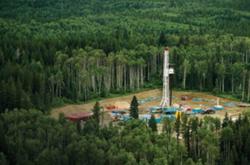
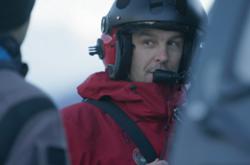



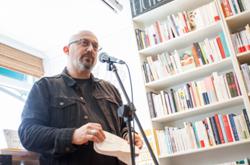
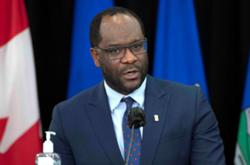
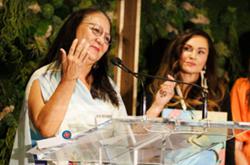
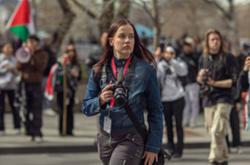

Tyee Commenting Guidelines
Comments that violate guidelines risk being deleted, and violations may result in a temporary or permanent user ban. Maintain the spirit of good conversation to stay in the discussion and be patient with moderators. Comments are reviewed regularly but not in real time.
Do:
Do not: